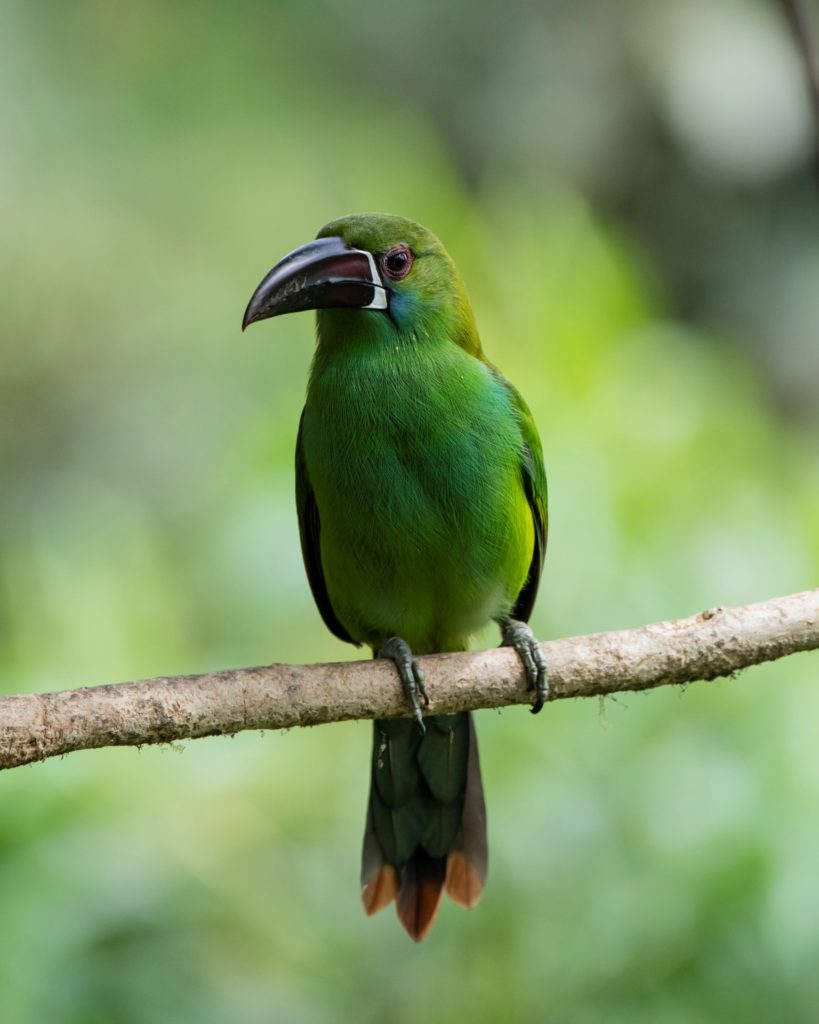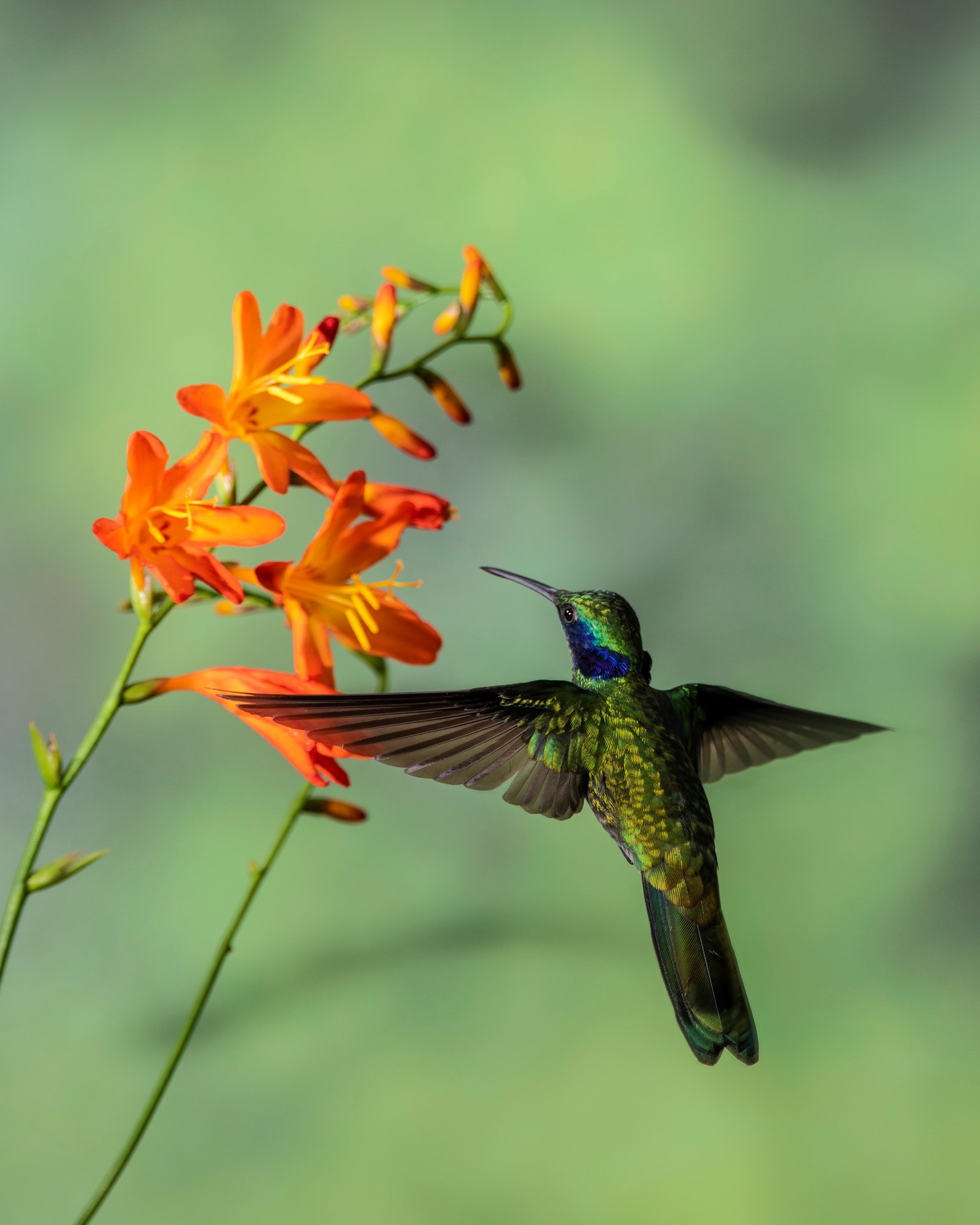When a spur-of-the-moment opportunity to photograph hummingbirds in Ecuador was offered to me, it didn’t take long to say yes. With all the travel that comes with my job, leading workshops, and a little personal travel, packing has become routine. I knew which camera bodies I would take. I even knew some standard lenses in my kit, like the Sigma 24-105mm f4 Art and the 14-24mm f2.8 Art, would certainly have a space in my camera bag. But which long lens would I use— I knew reach would be important, but what about flexibility and practicality? The Sigma 500mm f4 Sports is an incredible lens, but it only gives me one focal length and given the dimensions, it can be a bit difficult to travel with as well.
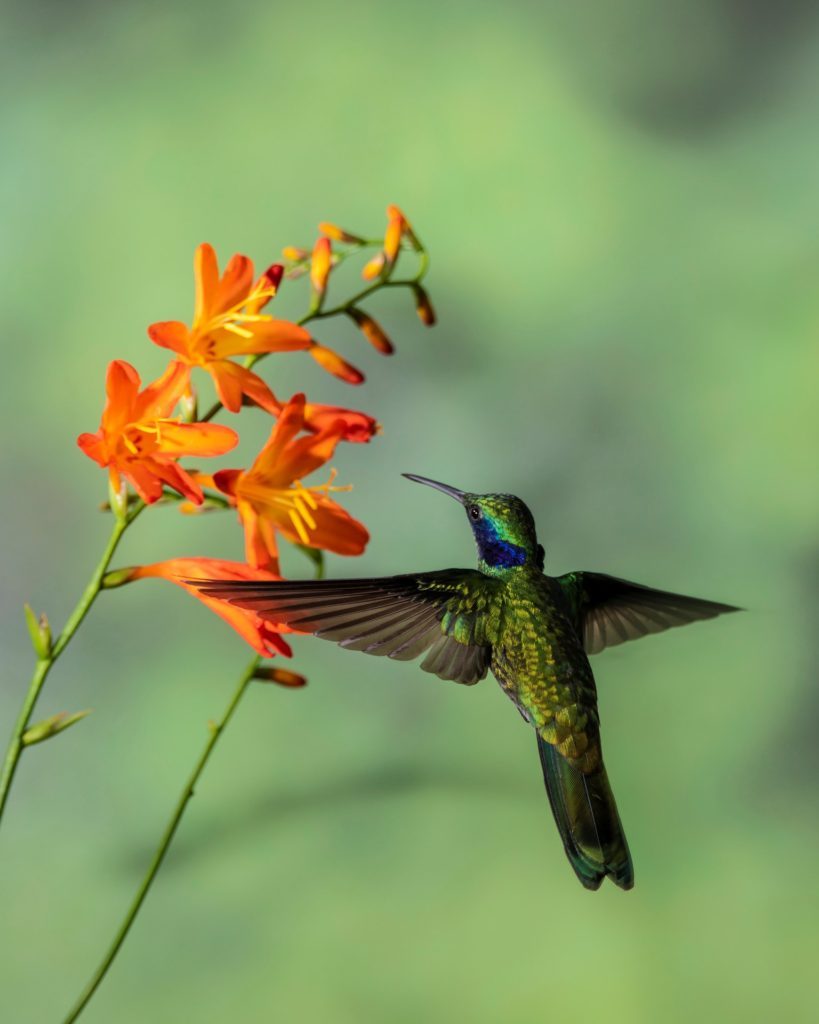
A few weeks before the trip, the new 60-600mm f4.5-6.3 Sports arrived. My questions were answered. 600mm reach! 10x zoom! Totally weather-sealed! Rugged construction! Perfect hand-held for treks through the rainforest searching for elusive tropical species or perched on a tripod at the lodge photographing hummingbirds and flowers. I only hoped the lens would perform as well as the other Sports lenses in the lineup. The initial results were good, but controlled tests aren’t always the same as real world experience. I shouldn’t have had any concern.
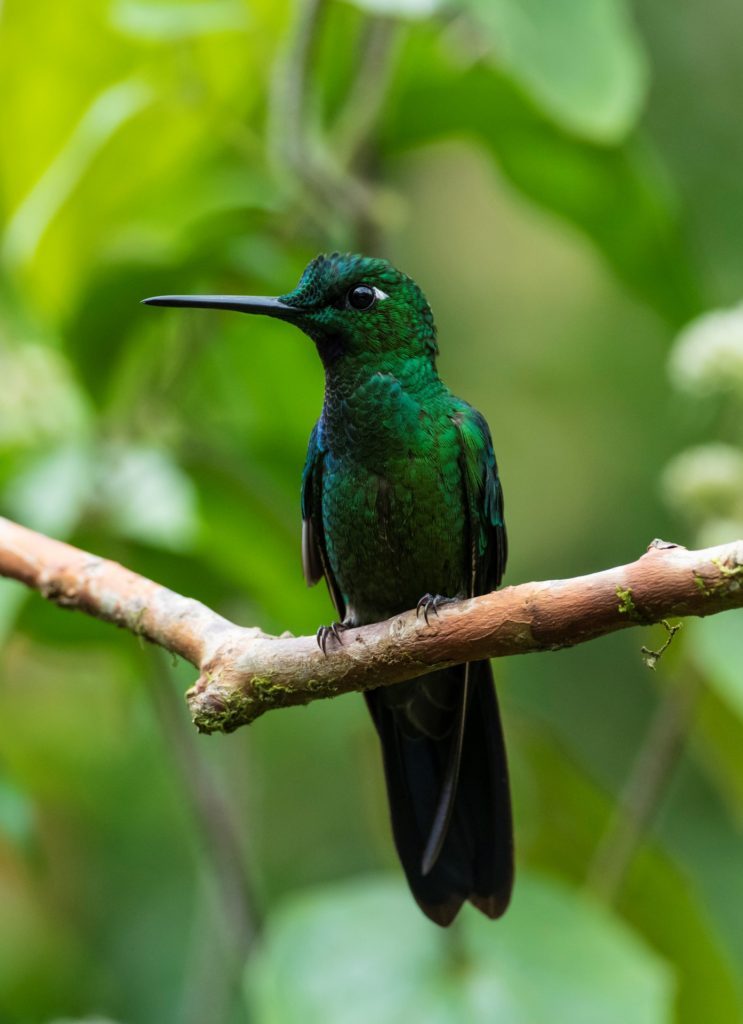
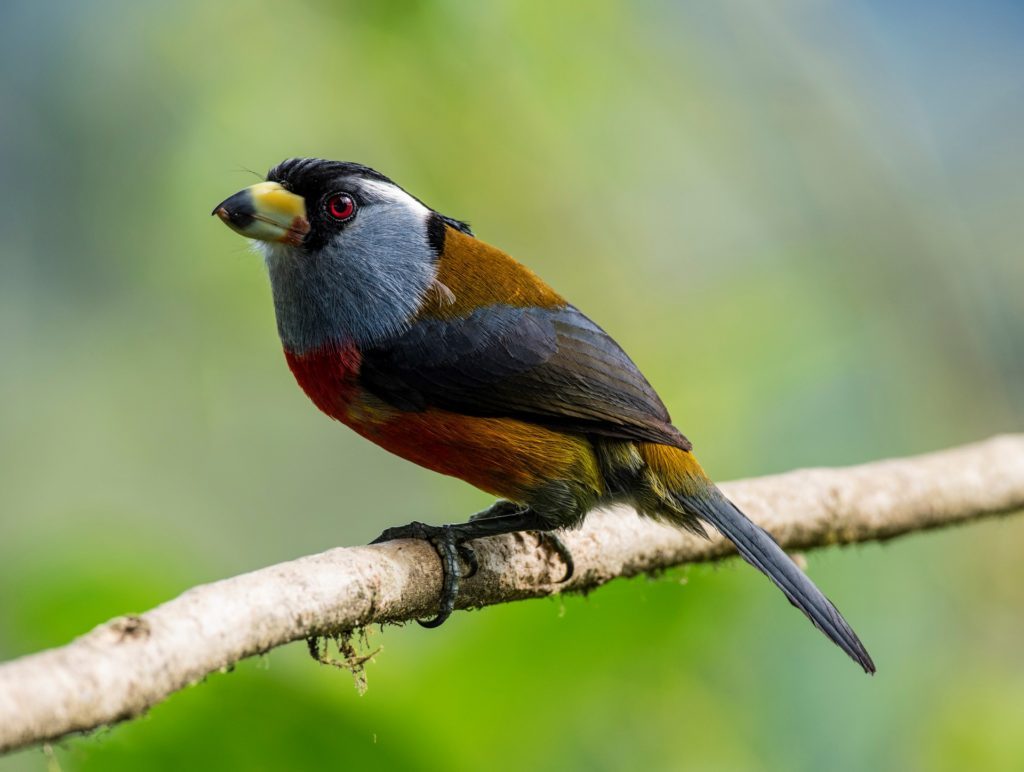
As a Sigma Global Vision lens, I can easily update firmware and calibrate the focus to match my camera. This one was a perfect match out of the box. As a Sports lens, I can tweak the focus speed a bit for acquisition priority, set custom focus limits and even turn the stabilizer on full-time. I love the carbon fiber reinforced hood that’s so lightweight but really durable. The tripod foot is Arca-Swiss compatible and balances the lens with a camera on a gimbal head. No need for an extra plate—that’s just something else to lose in the bottom of a camera bag. The focus speed and stabilization are incredible – fast enough to catch and track hummingbirds in flight. Sharpness? I would never have believed a 10X zoom lens could reach this level. I can’t see any difference between this or the 150-600mm f5-6.3 Sports, on a 46MP camera, and I tried.
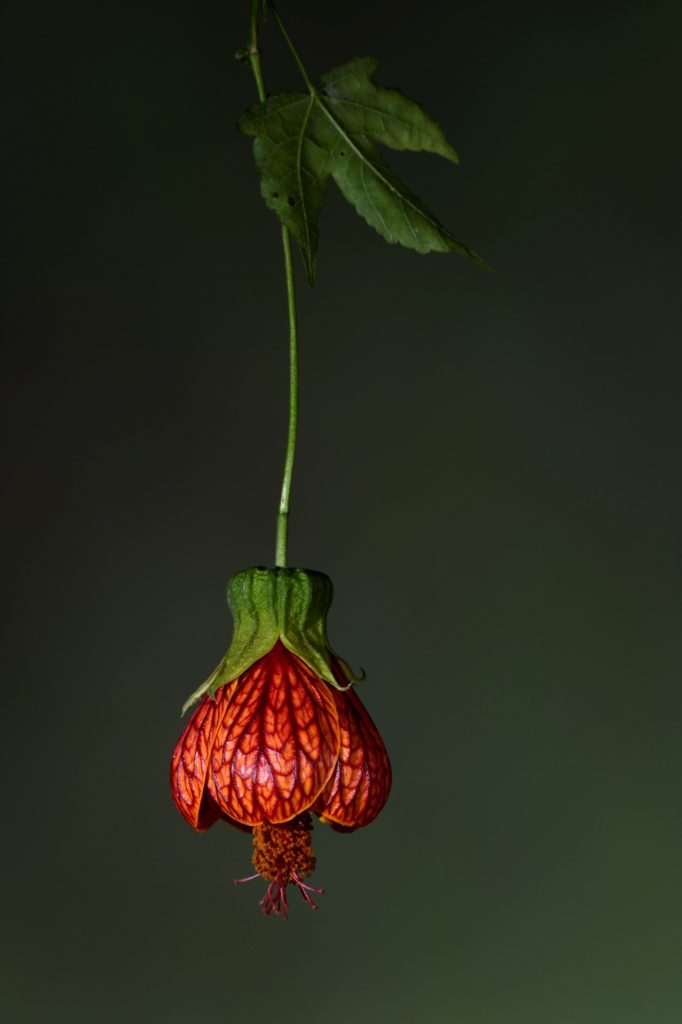
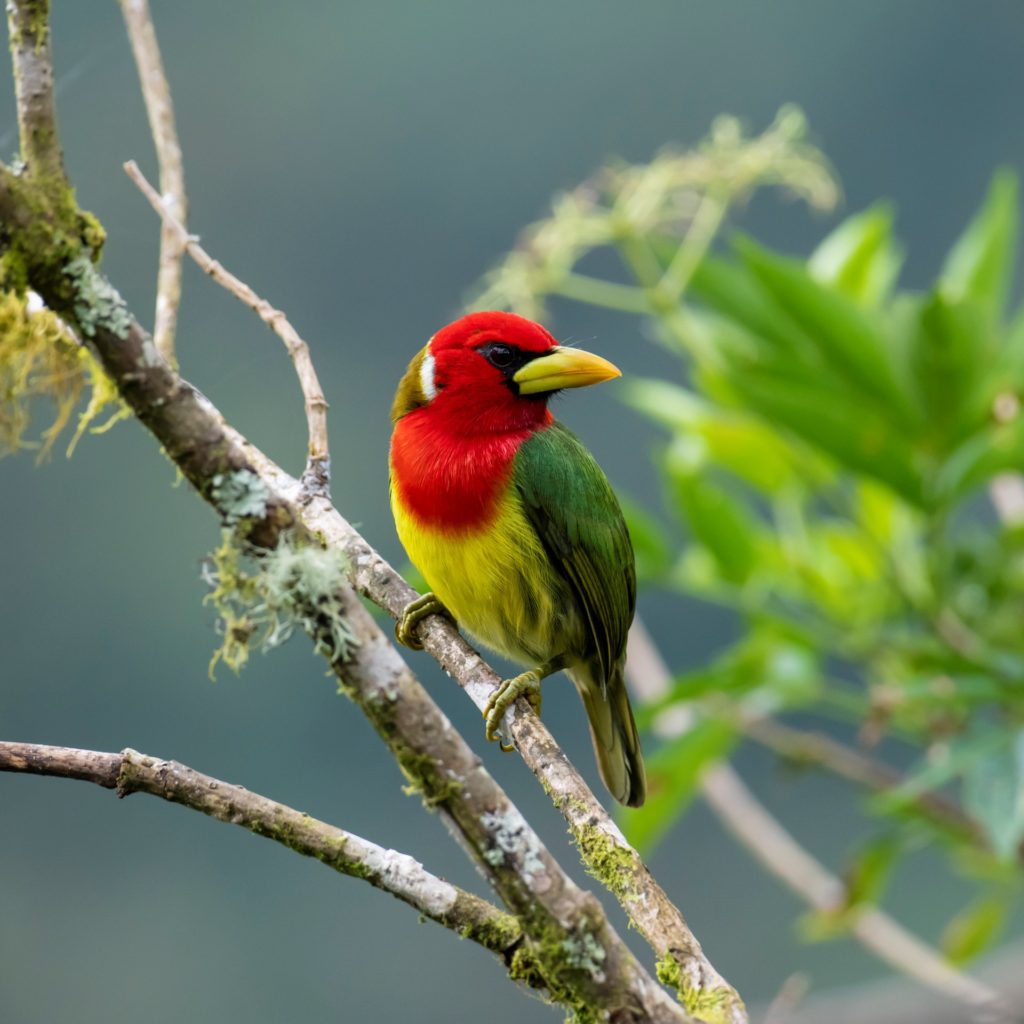
This lens is an incredible tool for the traveling nature photographer. You never know exactly what you’ll encounter or how far away (or close) it will be. Having one sharp, fast lens that covers the range of 2-3 other lenses can’t be overstated. With the 60-600, I’m always ready for the shot, no matter how close or far, big or small. I don’t need to change lenses or carry an extra body with a shorter lens. Lightening my camera bag, or giving me space to take some other gear, is just a bonus.
